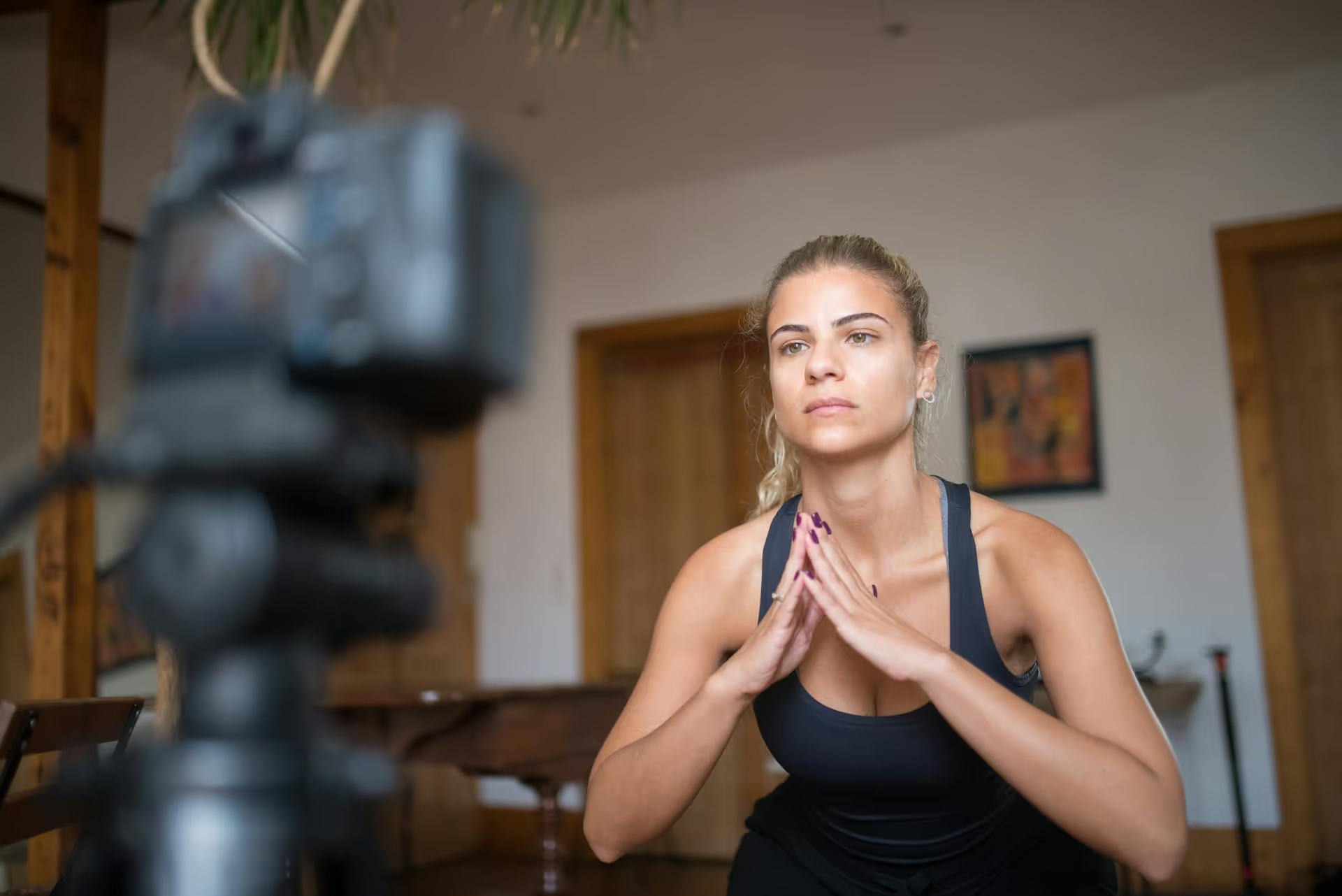How to Add Social Media Icons to an Email Signature
Enhance your email signature by adding social media icons. Discover step-by-step instructions to turn every email into a powerful marketing tool.

Posting on TikTok without occasionally checking your analytics is like driving with your eyes closed - you might be moving, but you have no idea where you’re going. To grow your account and connect with your audience, you need to understand what works, what doesn't, and why. This guide will walk you through exactly how to analyze your TikTok content performance, find actionable insights, and use that data to create better videos.
To access TikTok analytics, you need to switch your personal account to either a Creator or Business account. Don't worry, it's free and takes less than a minute. A Creator account is perfect for most individual creators and influencers, while a Business account offers additional commercial features for brands and companies.
Here’s how to do it:
Once you’ve switched, it can take up to seven days for Analytics to start populating with data, so be patient. After that, you’ll have a wealth of information at your fingertips.
With a Creator or Business account, finding your analytics is straightforward. You will be visiting this section often, so it's a good path to remember.
You can now see your account data, organized into three main tabs: Overview, Content, and Followers. Let’s break down what's inside each one.
Your analytics dashboard tells a story about your content and audience. Looking at the right metrics will help you find the plot.
The Overview tab gives you a high-level look at your account's performance over the last 7, 28, or 60 days (or you can set a custom date range). It’s great for spotting general trends and seeing the overall health of your account.
Here’s what you’ll find:
How to use this information: Look at the graphs. Did you have a huge spike in views on a particular day? Tap that point on the graph, TikTok will often show you which videos you posted that day. This helps you quickly attribute growth spurts to specific content.
This is where you'll find the most valuable data for refining your "what to post" strategy. It breaks down the performance of your individual videos.
At the top of the Content tab, you’ll see your top videos posted in the last 7 days, ranked by the number of views. This gives you immediate feedback on your recent content. If you tried a new format and it shows up here, that’s a great sign you should make more videos like it.
Clicking on any video in your Content tab (or from your profile) opens up a deep-dive analytics page for that specific post. This is the most important part of your analysis.
Key metrics for individual videos include:
This tab is all about your audience. Understanding who they are and when they're active is foundational to posting content that they'll see and enjoy.
With so much data available, it's easy to get overwhelmed. Focus on the metrics that provide real insights, not just ego boosts. Here’s what matters most:
Tracking these helps you move past simply counting views and toward understanding viewer behavior and content value.
You don't need a degree in data science to do this. A simple, consistent routine is all you need to translate numbers into a better content strategy.
Here’s a practical approach:
This simple 15-minute routine will keep your content strategy focused, data-informed, and constantly improving.
Analyzing your TikTok performance is a simple but powerful habit that transforms you from a random content poster into a smart creator. By regularly checking your Overview, Content, and Follower data, and focusing on metrics like watch time and traffic source, you get a clear roadmap for what videos to create next and how to reach the right audience.
Of course, jumping between different platforms to track performance can become a major time-sink. That's why we built Postbase with a clean analytics dashboard that brings all your performance data from platforms like TikTok, Instagram, and more into one place. This allows us to see what's actually working across our entire strategy instead of getting lost in a dozen different apps, making it easier to spot trends and turn insights into better content, faster.
Enhance your email signature by adding social media icons. Discover step-by-step instructions to turn every email into a powerful marketing tool.
Learn how to add your Etsy link to Pinterest and drive traffic to your shop. Discover strategies to create converting pins and turn browsers into customers.
Grant access to your Facebook Business Manager securely. Follow our step-by-step guide to add users and assign permissions without sharing your password.
Record clear audio for Instagram Reels with this guide. Learn actionable steps to create professional-sounding audio, using just your phone or upgraded gear.
Add translations to Instagram posts and connect globally. Learn manual techniques and discover Instagram's automatic translation features in this guide.
Optimize your Facebook Business Page for growth and sales with strategic tweaks. Learn to engage your community, create captivating content, and refine strategies.
Wrestling with social media? It doesn’t have to be this hard. Plan your content, schedule posts, respond to comments, and analyze performance — all in one simple, easy-to-use tool.